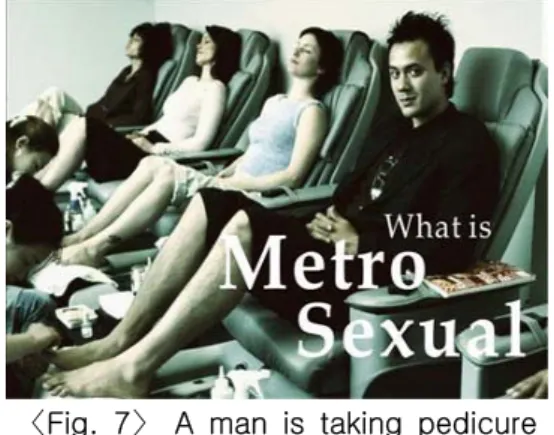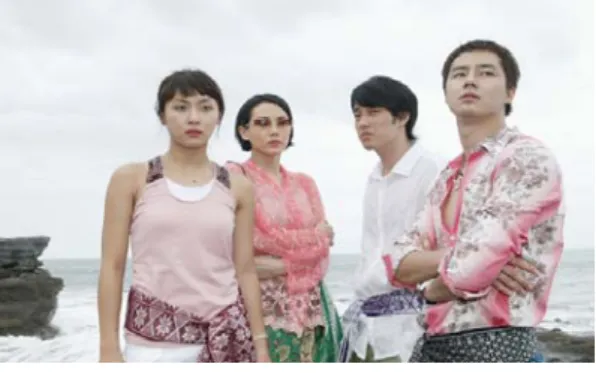Cultural and Social Implications of Metrosexual Mode
전체 글
수치
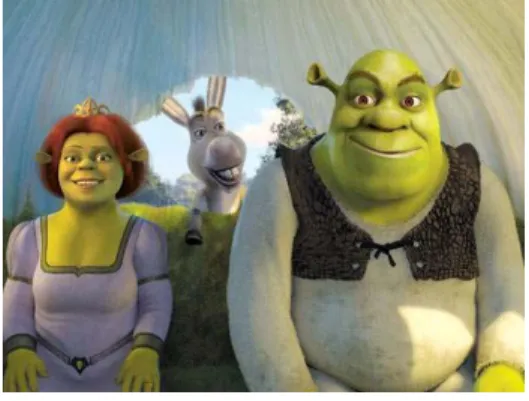
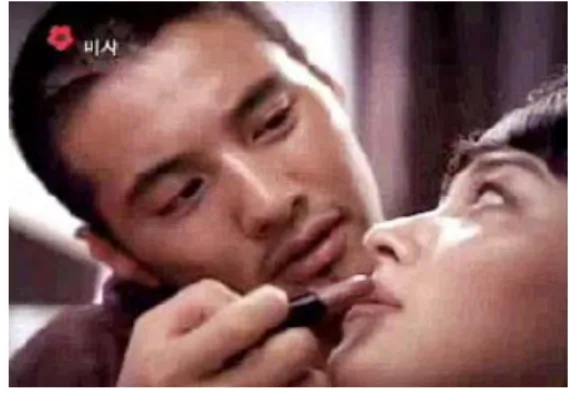

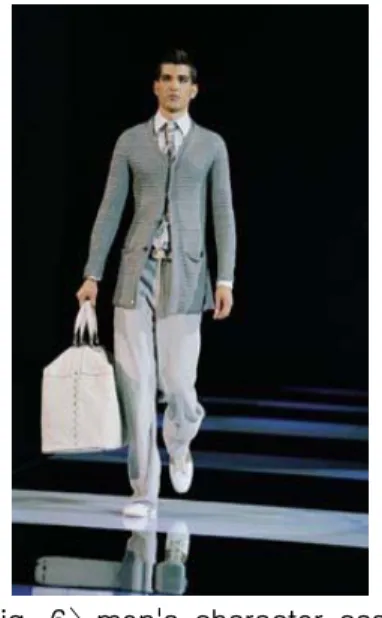
관련 문서
The study consisted of applying the taping measures to 10 professional golfers and observe its effects, before and after such measure. The taping was applied
In 2000, the National Assembly enacted reform legislation directing a supply-side restructuring process to begin the following year. The reforms were intended
It will explore the formative characteristics of the concept and redefine metrosexual as it pertains to current fashion; it will analyze metrosexual design
In this figure, the duty ratio of the powering mode and the free resonant mode with (or without) discontinuous mode is controlled by the time domain
The “Asset Allocation” portfolio assumes the following weights: 25% in the S&P 500, 10% in the Russell 2000, 15% in the MSCI EAFE, 5% in the MSCI EME, 25% in the
1 John Owen, Justification by Faith Alone, in The Works of John Owen, ed. John Bolt, trans. Scott Clark, "Do This and Live: Christ's Active Obedience as the
The concerned study is now believed to make a contribution to protecting the seniors in Korea from committing a suicide and to reduce the suicidal
Notes : According to the Korean Standard Classification of Industry Source: NSO, Social Statistics Survey - Raw Data,
